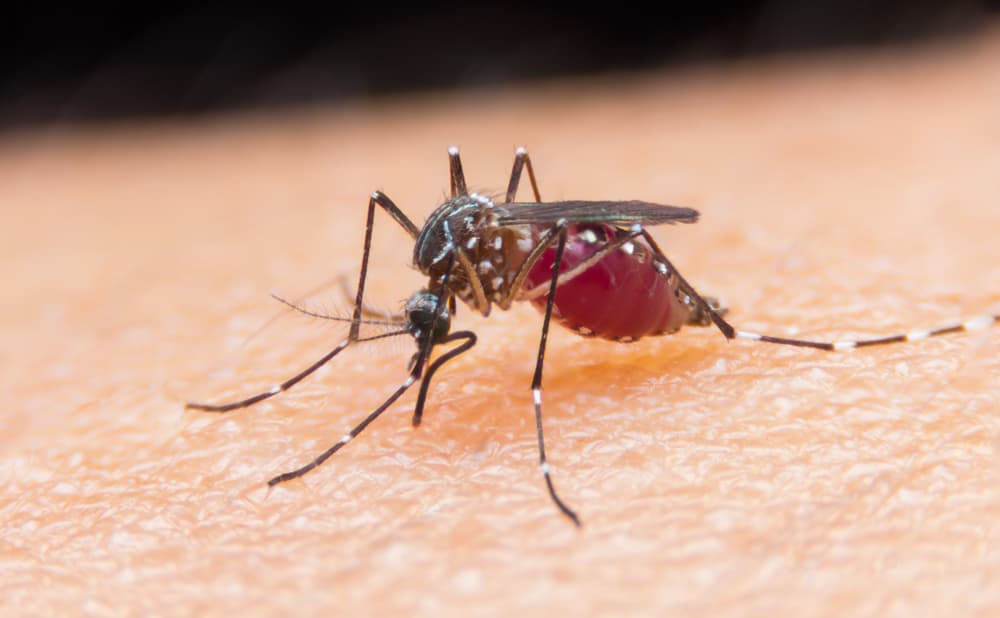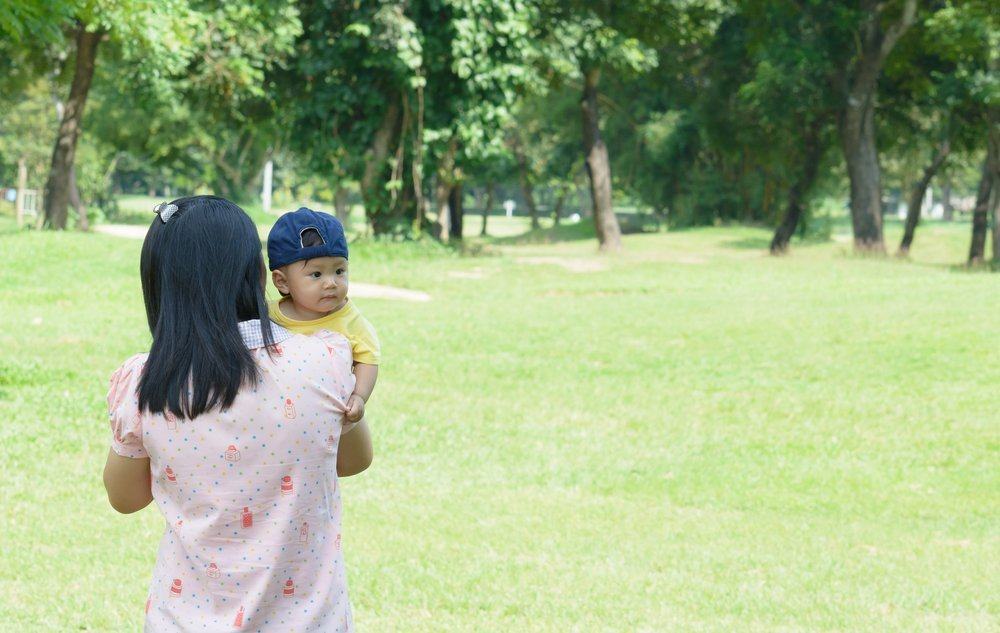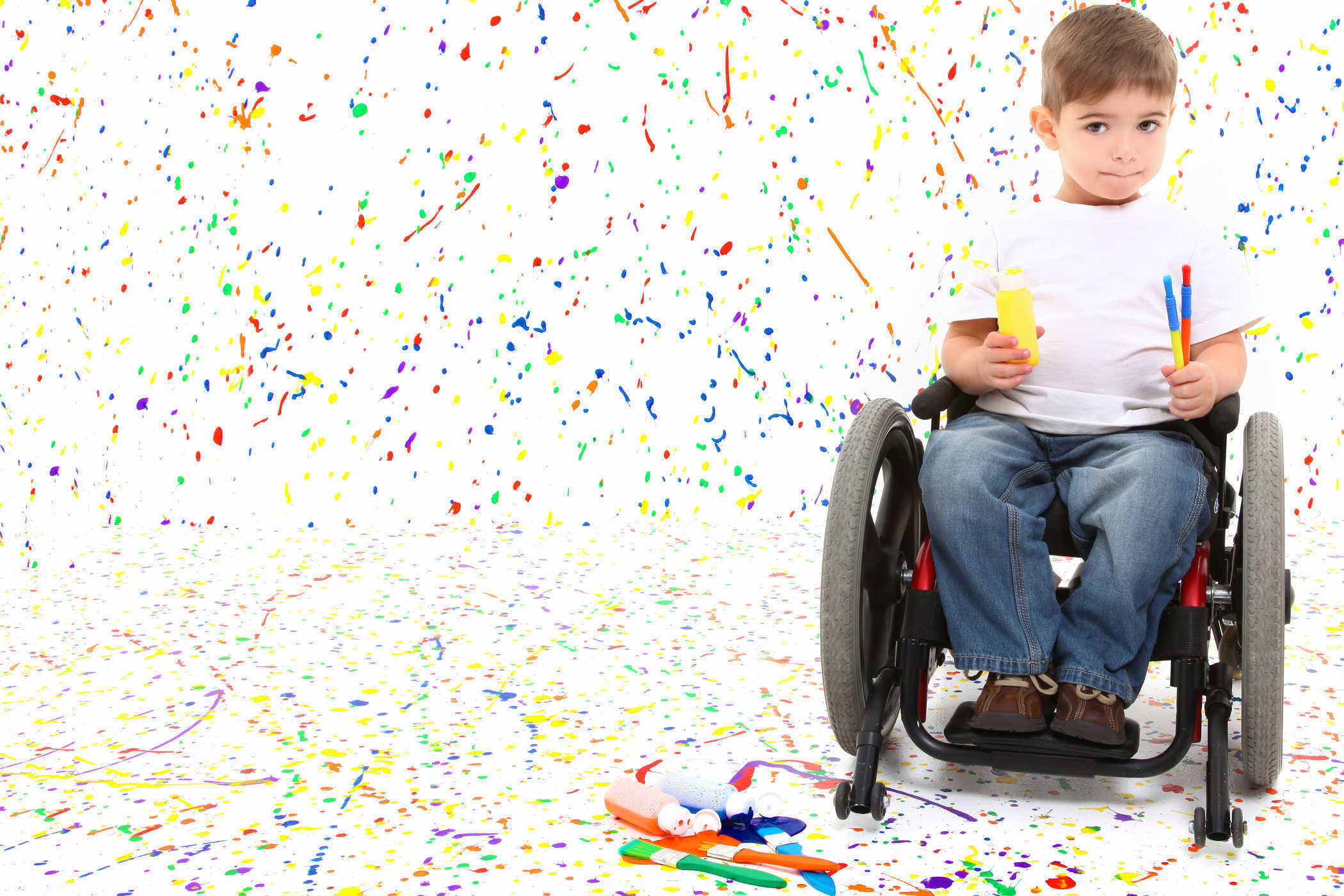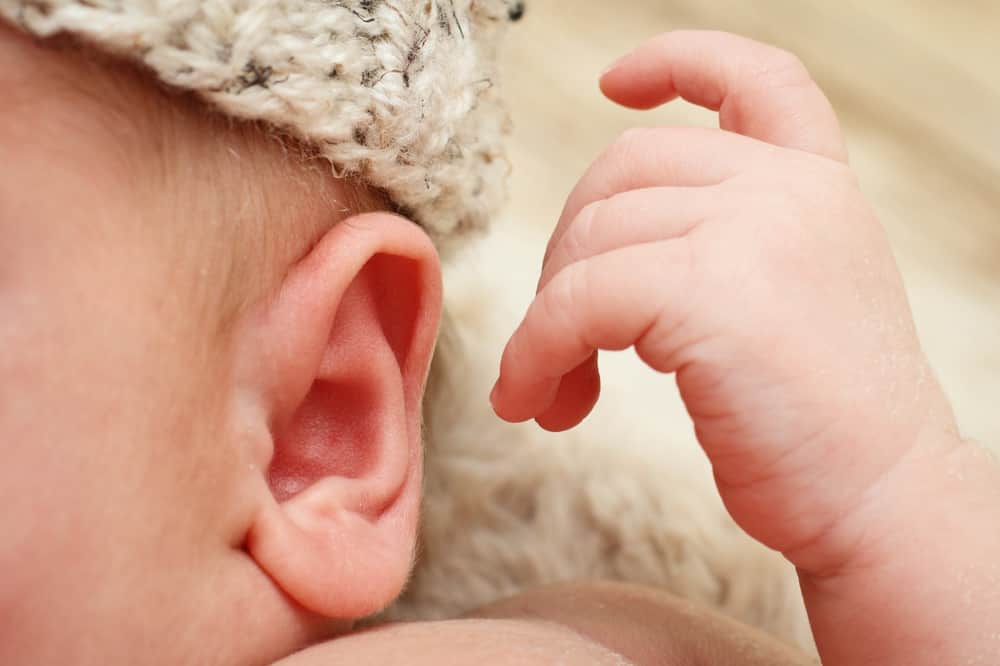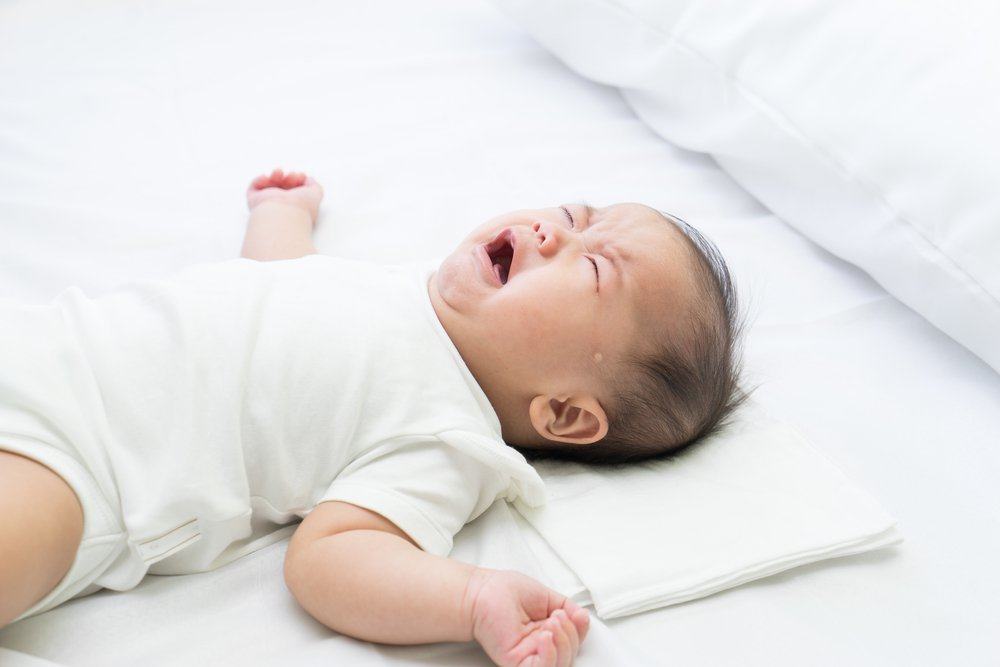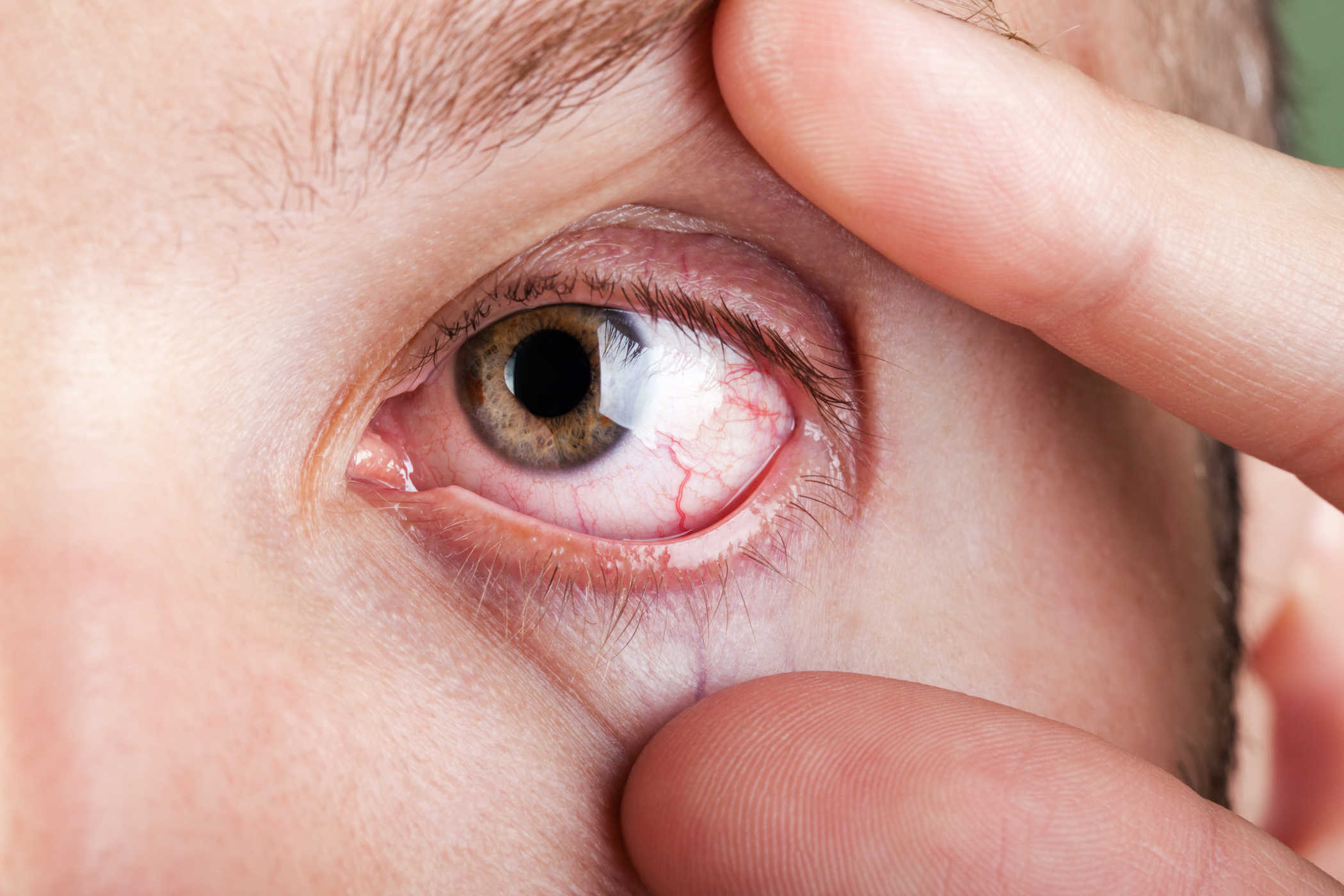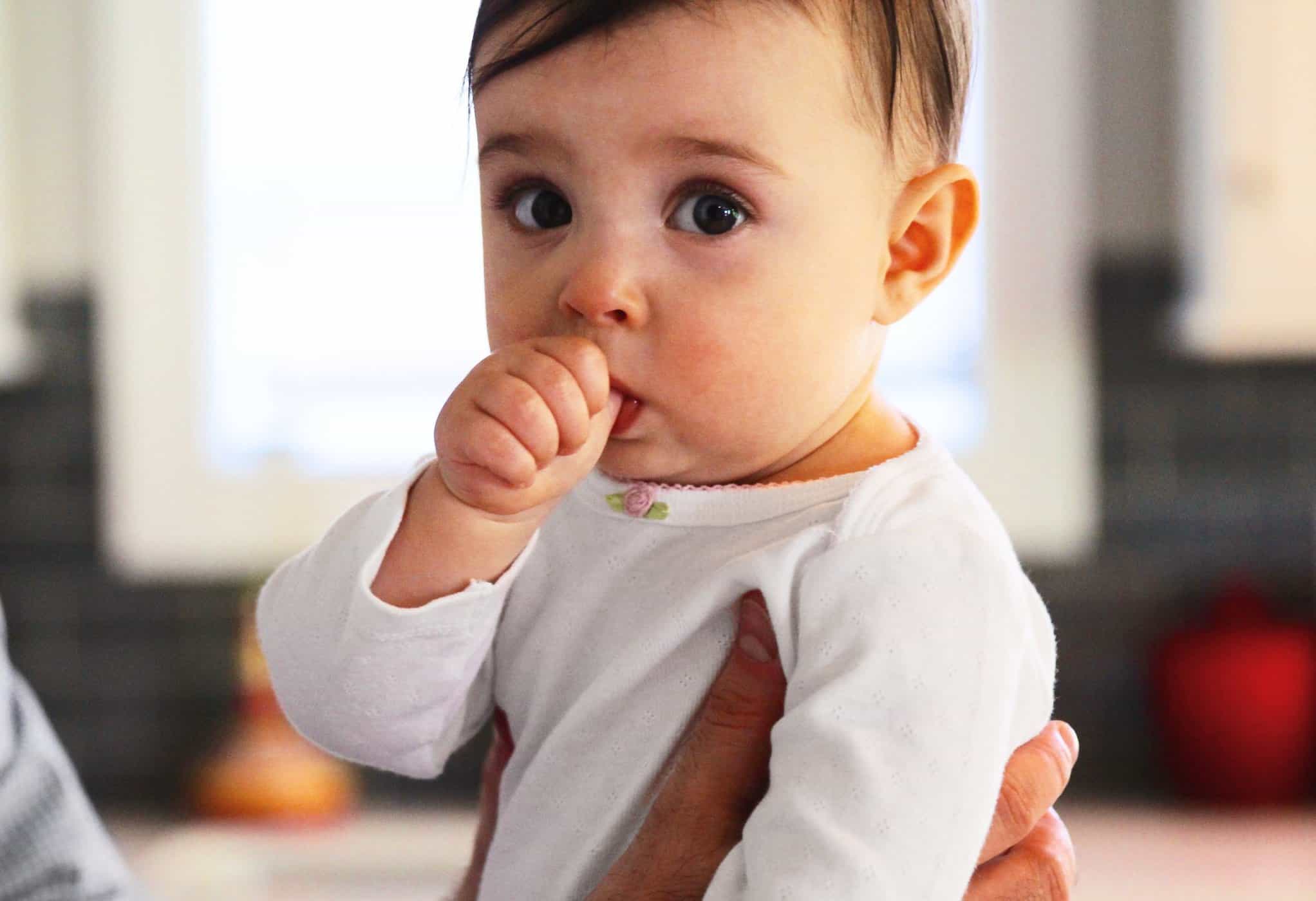Contents:
- Medical Video: 5 Common signs of Dengue Fever
- Drinks that help relieve the symptoms of dengue hemorrhagic fever (DHF)
- 1. Isotonic fluid
- 2. ORS
- 3. Milk
- 4. Fruit juice
- 5. Rice or barley water
- Watch out, do not carelessly provide fluids for patients with dengue fever
Medical Video: 5 Common signs of Dengue Fever
In this rainy season, dengue hemorrhagic fever (DHF) is increasingly endemic. DHF does not have a cure. One thing that can be done is therapy to help reduce symptoms, for example by administering fluids. Here are a number of drinks that can help relieve the symptoms of dengue fever.
Drinks that help relieve the symptoms of dengue hemorrhagic fever (DHF)
Because of the presence of blood plasma leakage, it is important for DHF patients to continue to meet the body's fluid requirements so as not to fall into a state of hypotension or shock. It should be noted that administration of water alone is not recommended by WHO. White water does not have enough electrolytes to replace the body's electrolytes lost together with plasma leakage. Then what fluids are recommended by WHO?
1. Isotonic fluid
The first drink suggested by WHO for patients with dengue fever (DD) or DHF is isotonic fluid. Isotonic drinks generally contain sodium or sodium of approximately 200 mg / 250 ml of water.
Isotonic fluid is a good liquid consumed by people who are dehydrated. However, this isotonic liquid is not good if it is consumed too much by people who are not dehydrated because of their high sugar content.
2. ORS
In addition to isotonic fluid, administration of electrolyte fluid in patients with DD or DHF can be given through ORS. There are 2 kinds of ORS fluids with different composition according to WHO and UNICEF. The old ORS contains a higher osmolarity of 331 mmol / L, when compared to the new ORS with an osmolarity of 245 mmol / L. For differences in the electrolyte content between old and new ORS is a new sodium ORS lower that is 75 mEq / L, compared to the old ORS 90 mEq / L. For potassium content is still the same between old ORS and new. The new ORS arrangement has the effect of reducing nausea and vomiting by up to 30% when compared to new ORS. So that it is better to give ORS which is new compared to the old ORS. In addition to ORS, drug stores can also buy other branded electrolyte substitute drinks, with different electrolyte compositions.
3. Milk
In addition to electrolyte drinks in general, WHO also recommends giving milk as a way to relieve symptoms of dengue hemorrhagic fever (DHF), rather than giving plain water. Milk contains electrolyte sodium 42 mg / 100 grams, potassium 156 mg / 100 grams, and also contains other electrolytes such as calcium, magnesium, phosphorus, and zinc which are also needed to carry out all bodily functions.
4. Fruit juice
Fruit juice is a good source of electrolytes for the body. Some fruits that contain high potassium or potassium; for example bananas, oranges, kiwi, and avocados. While fruits containing high sodium or sodium are tomatoes. And there are many more fruits that contain a lot of electrolytes, which are better to give to DHF sufferers than just plain water.
5. Rice or barley water
Giving fluids with rice water or barley water to treat the symptoms of dengue hemorrhagic fever (DD or DHF) can be done on the first 3 days of fever. In the critical phase, plasma leakage only lasts 2-3 days. After this critical phase, the plasma fluid coming out into the third compartment will return to the blood vessels.
Watch out, do not carelessly provide fluids for patients with dengue fever
It should be noted that there is a possibility of excess fluid in DHF patients. This can occur either because of excessive fluid therapy, or also because of the return of fluid from the third compartment to the blood vessel after the critical phase.
Excessive signs of fluid that need to be considered are swollen eyelids, swollen abdomen, rapid breathing, and / or difficulty breathing. In this condition, administration of fluids needs to be stopped temporarily. Patients need to be closely monitored and get treatment by medical personnel.

